Financial Management Report: Approaches, Techniques and Factors
VerifiedAdded on 2023/01/13
|27
|1747
|79
Report
AI Summary
This report delves into the core principles of financial management, focusing on decision-making processes within a business context, specifically using Persimmon plc as a case study. It explores formal and informal approaches to decision-making, highlighting techniques such as T-charts and Pareto analysis, while also considering influential factors like the nature of the business and capital structure. The report emphasizes the importance of stakeholder management, addressing conflicting objectives and the significance of management accounting techniques in cost control and maximizing shareholder value, including cost accounting, financial planning, and budgetary control. Furthermore, it examines fraud detection methods, ethical decision-making, and the application of auditing and corporate governance. The reflection section summarizes key learnings and underscores the importance of these financial management tools in achieving business objectives.
1 out of 27
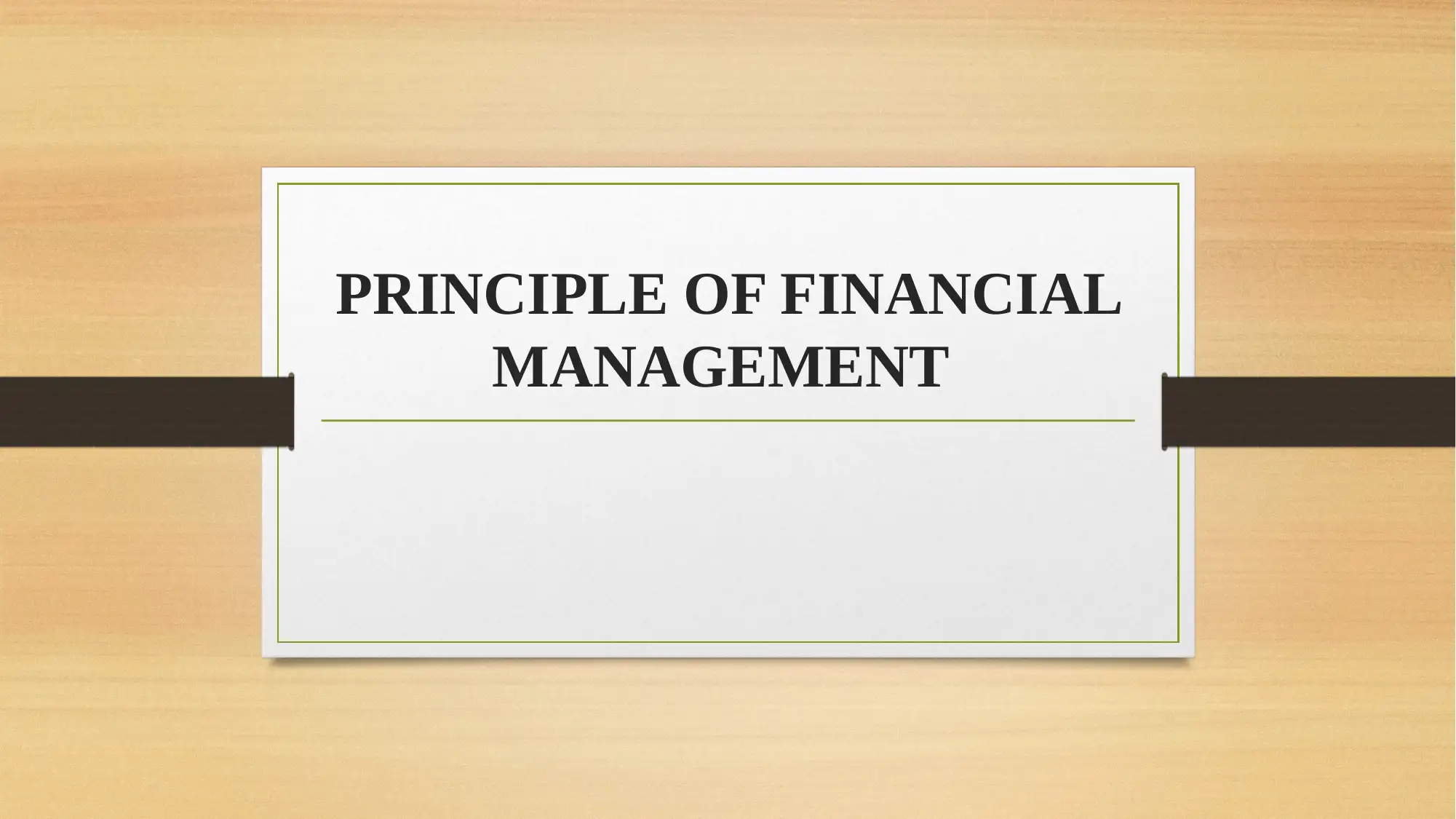
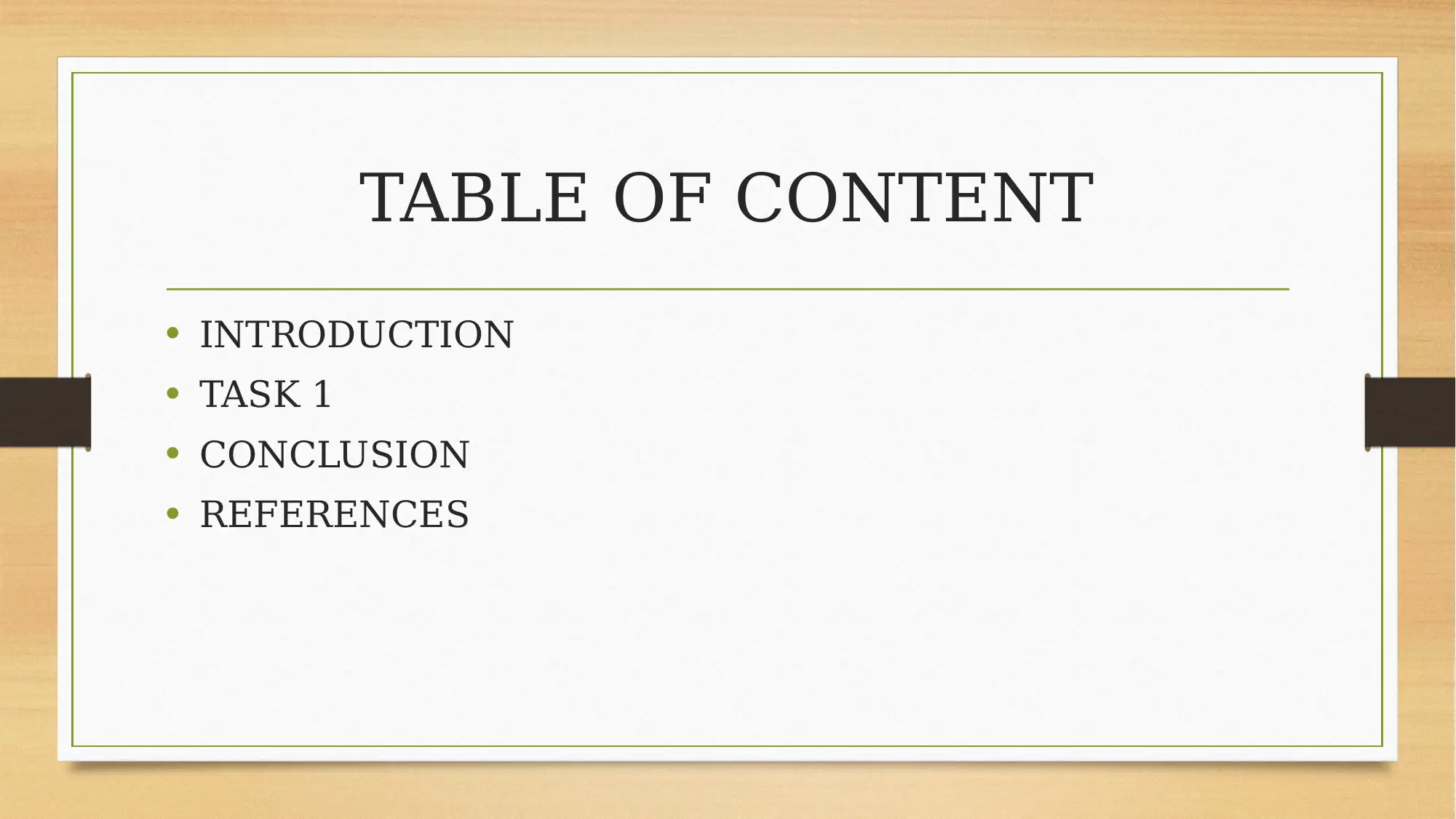
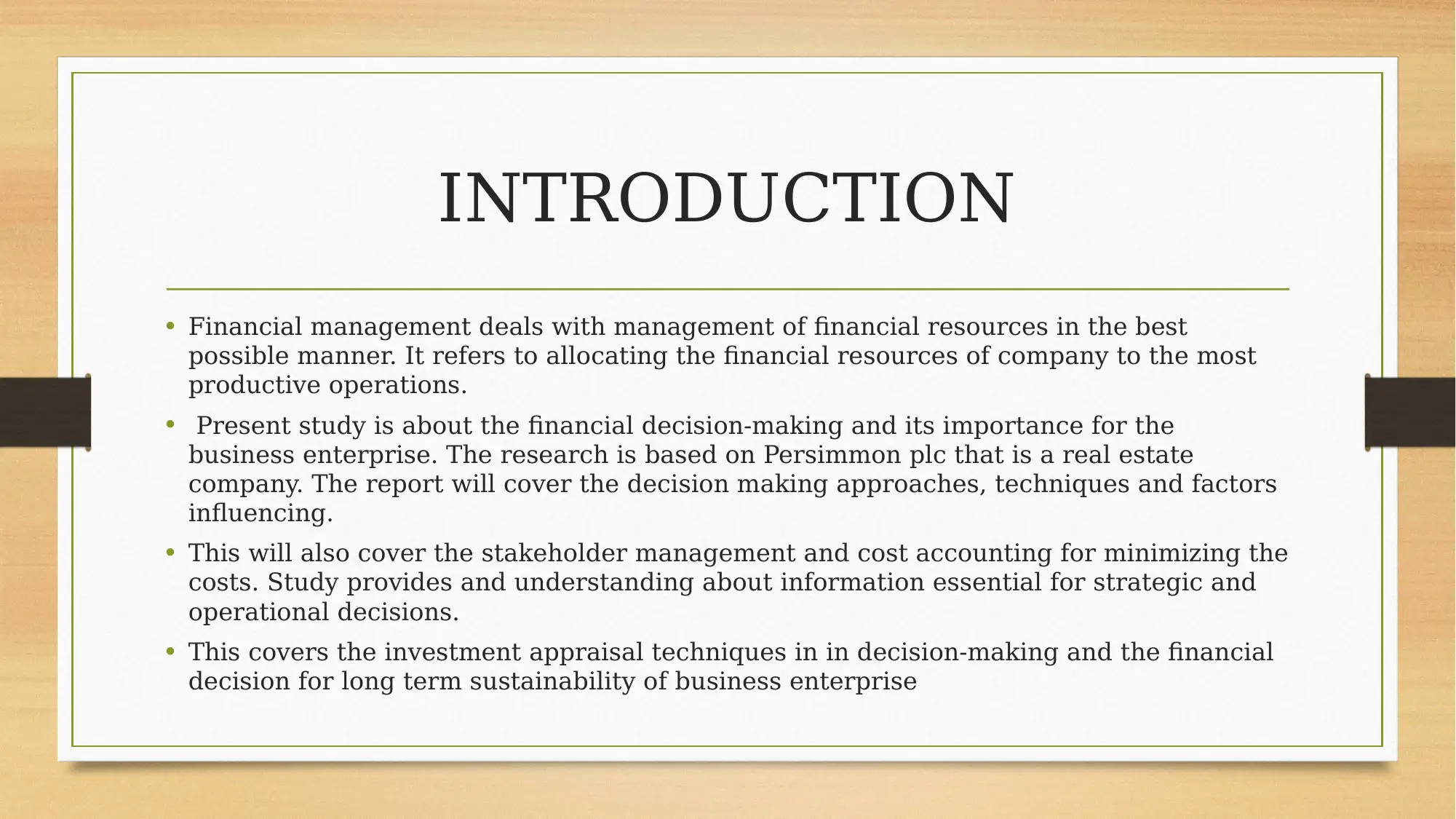

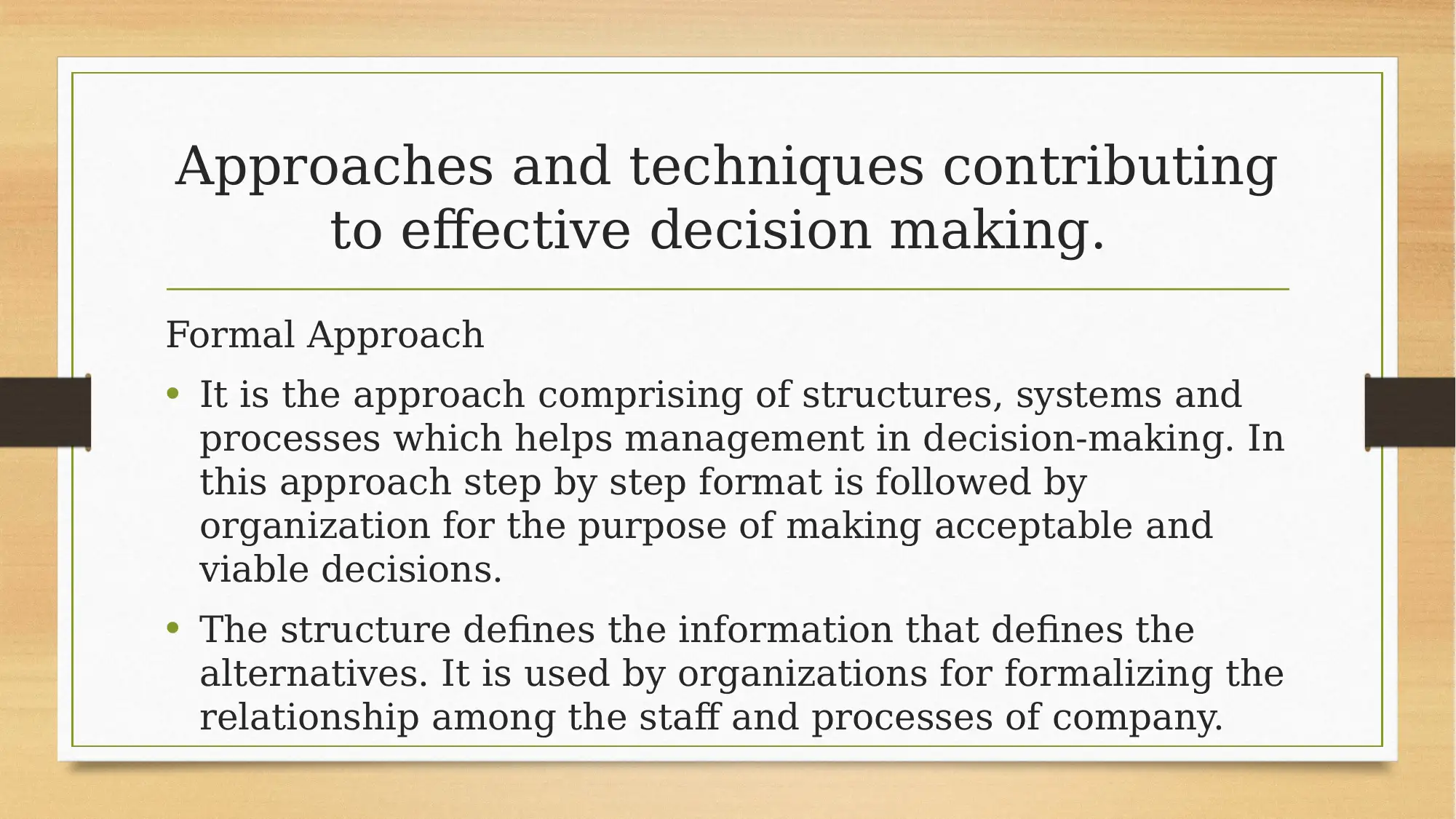
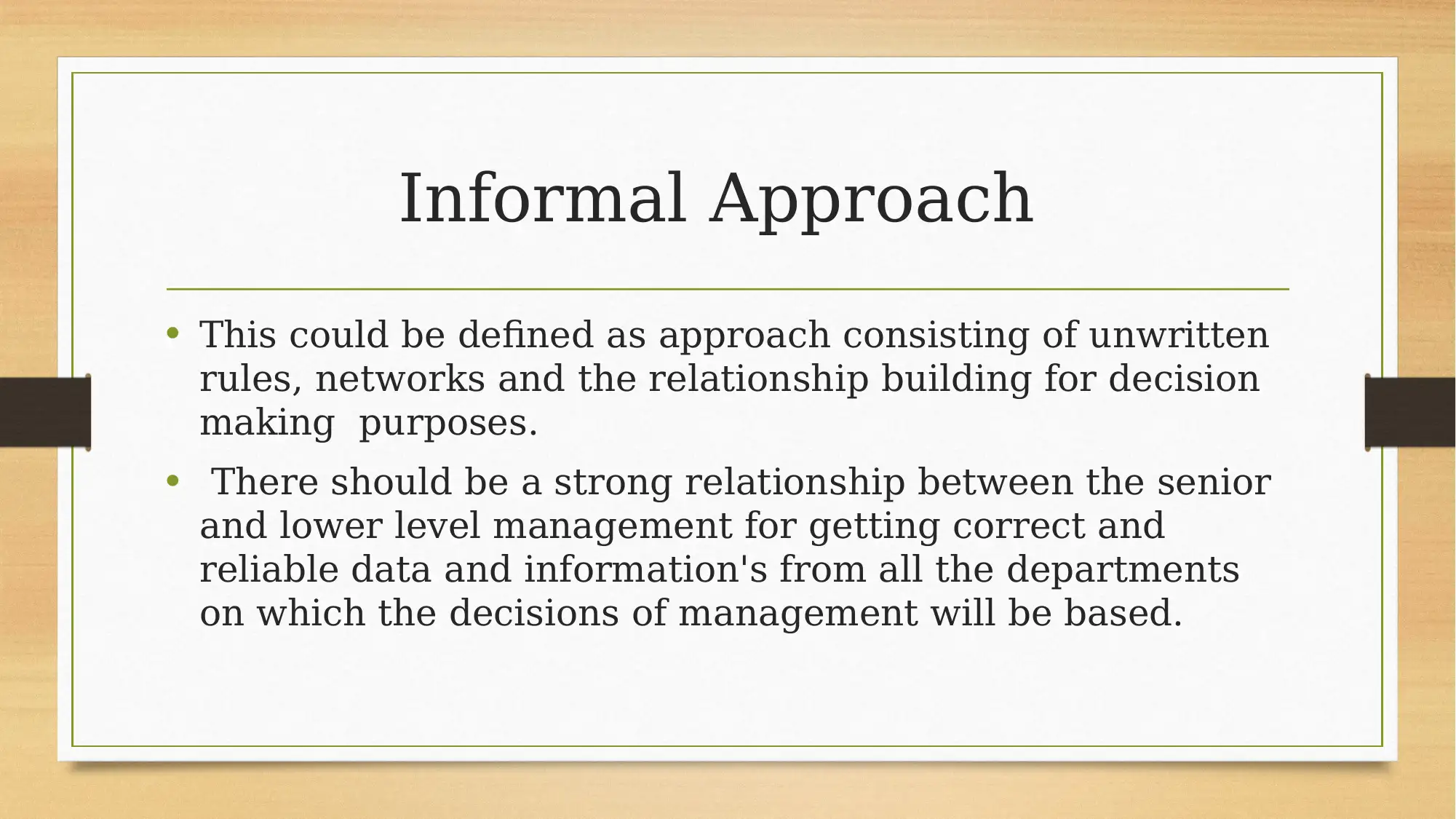

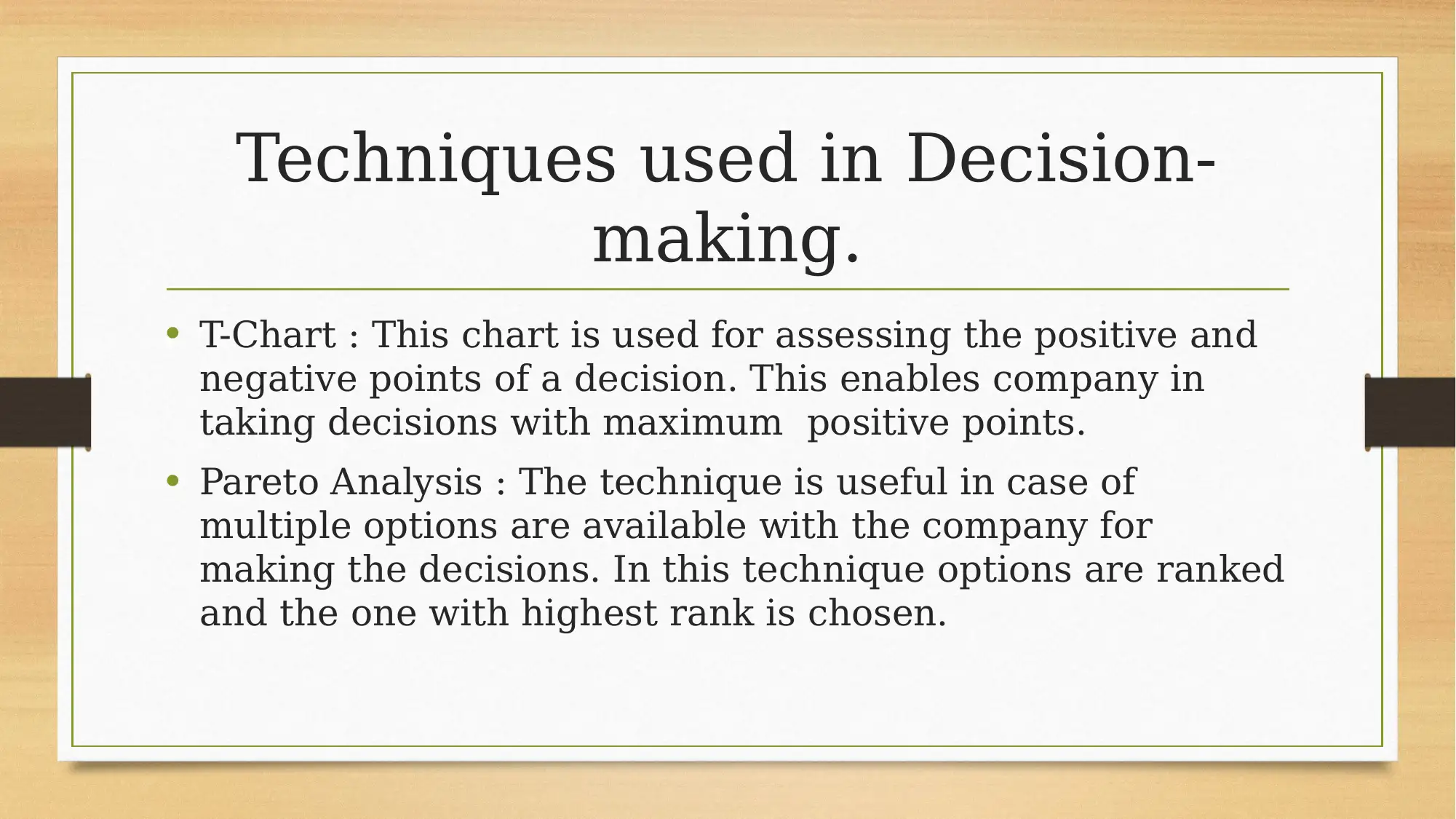
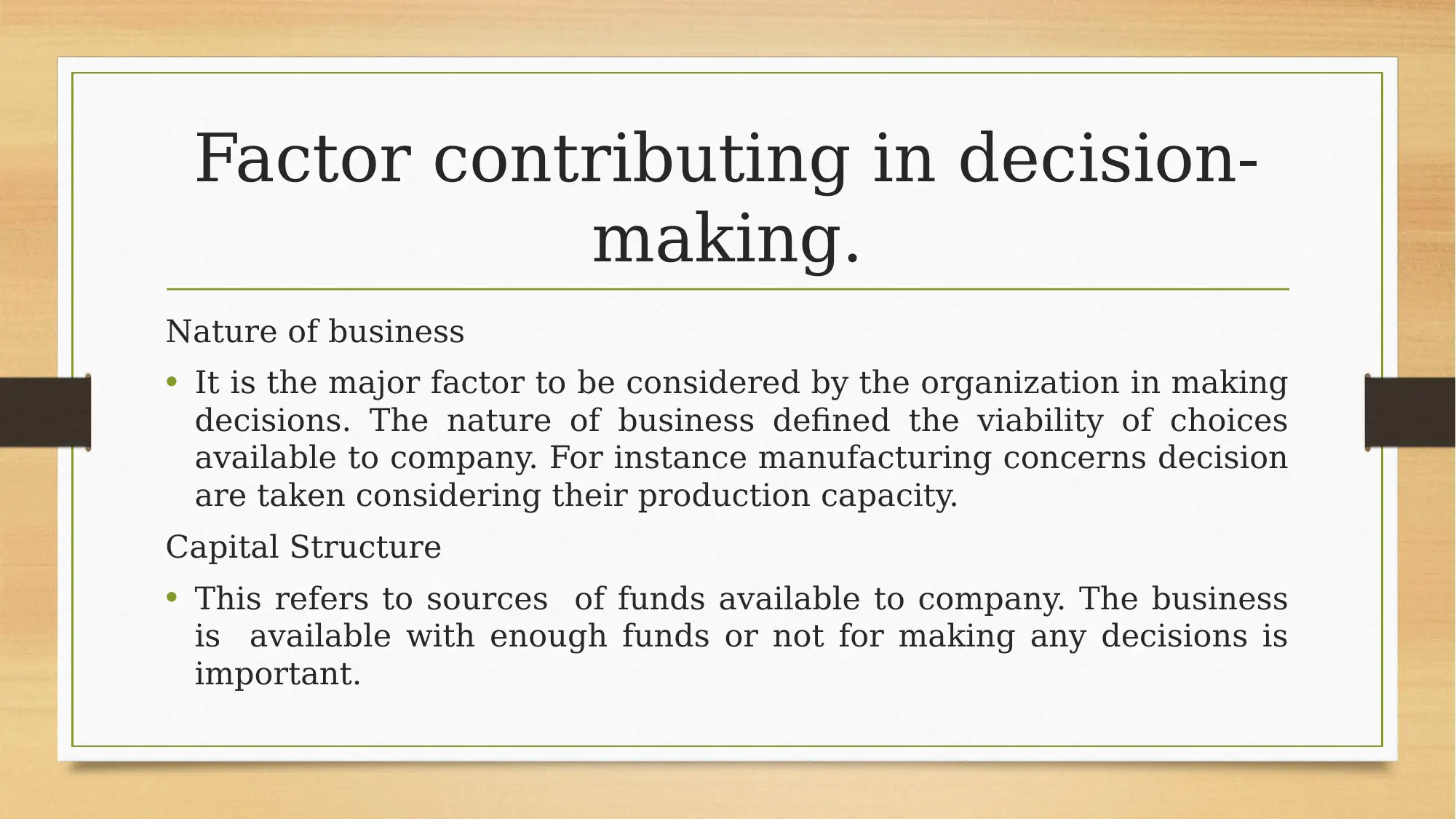
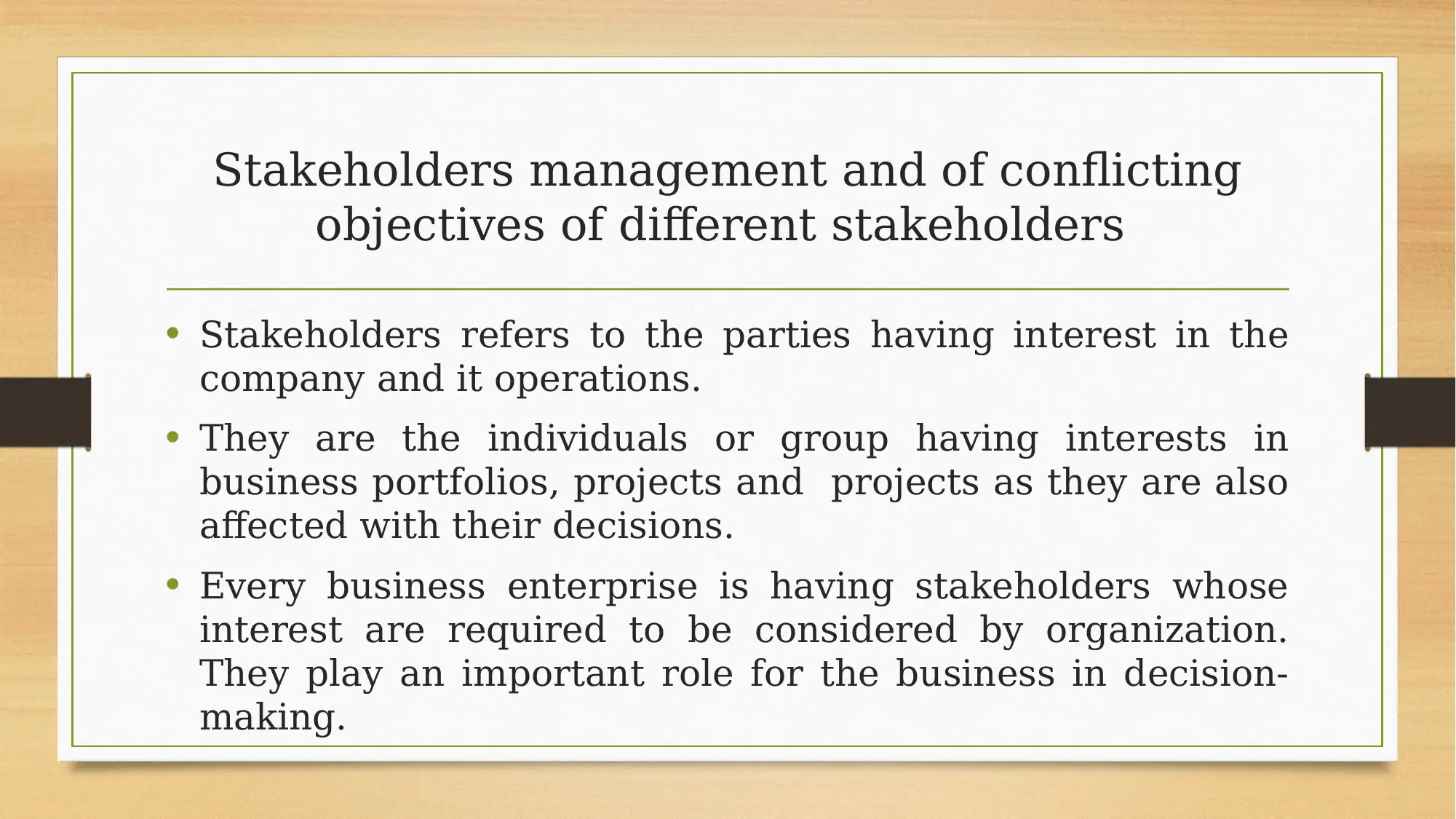
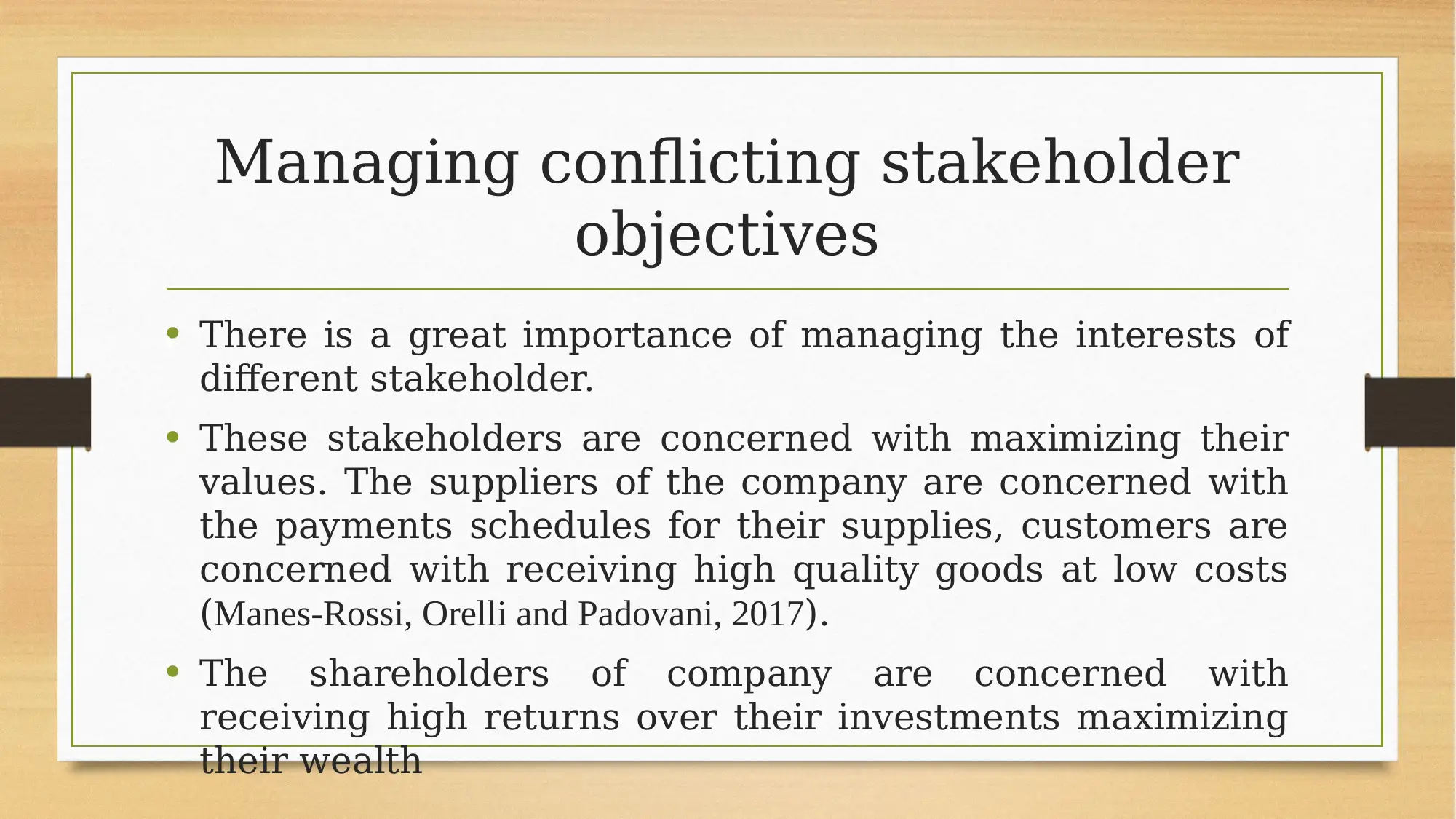
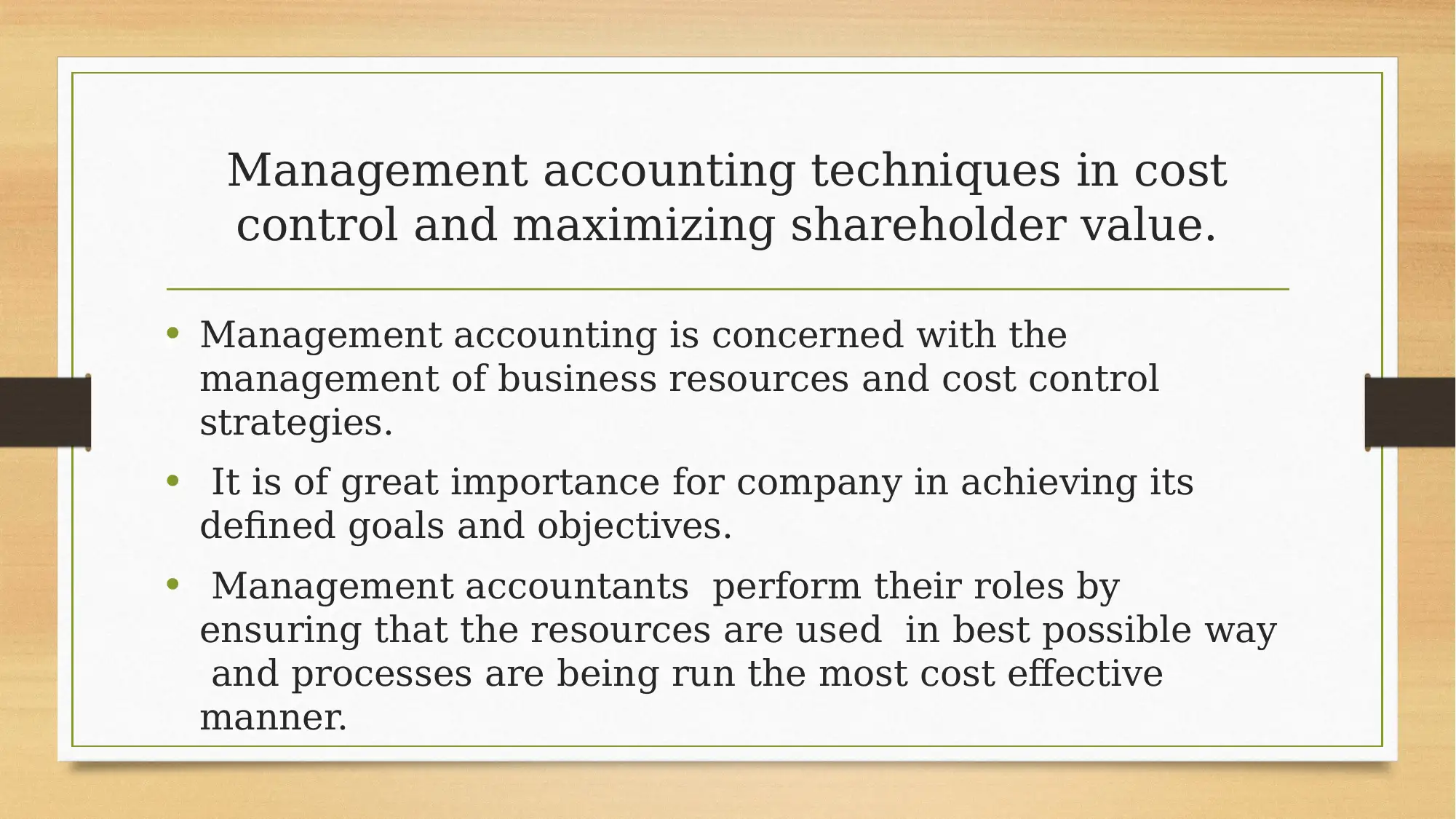
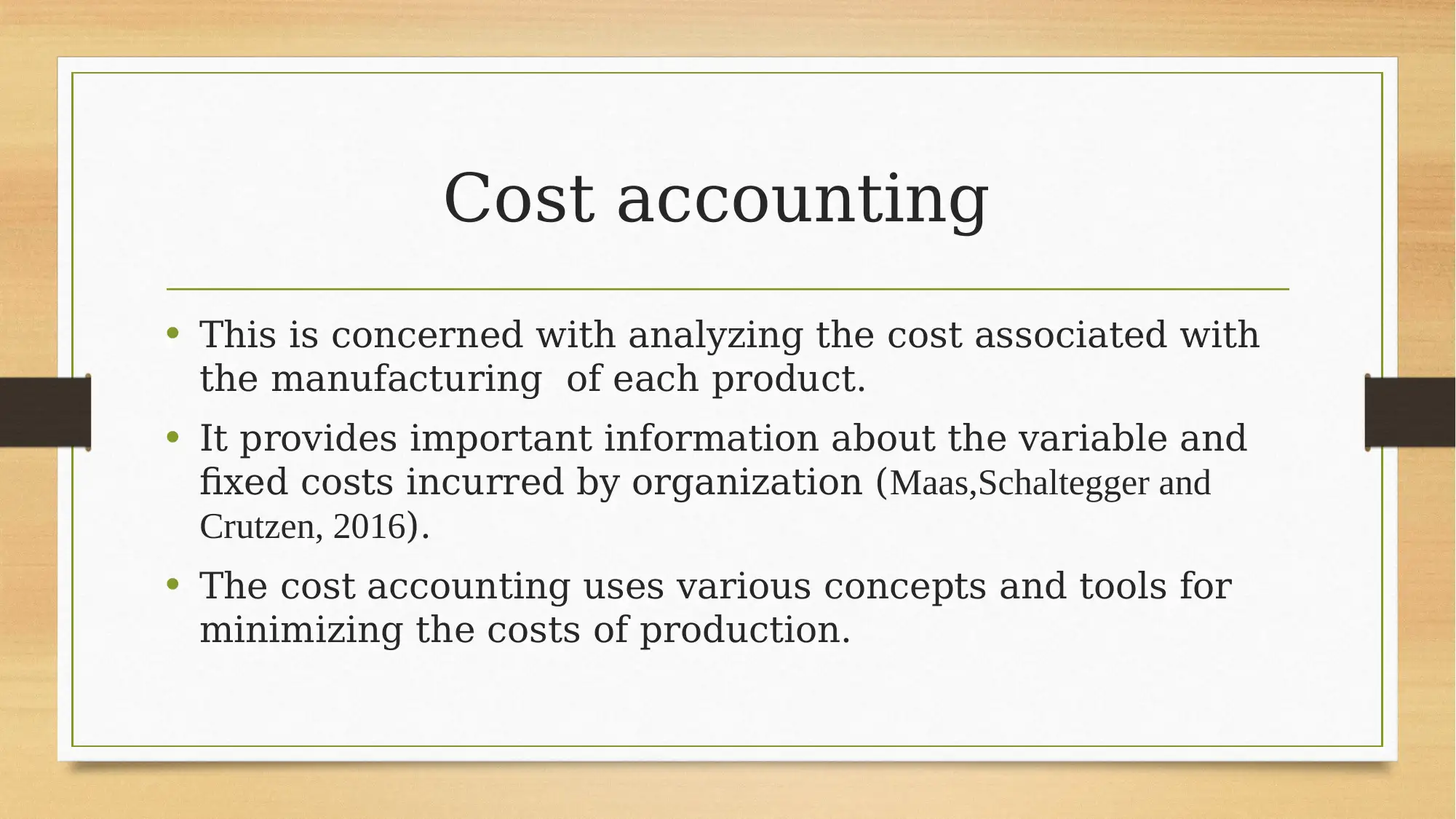






![[object Object]](/_next/static/media/star-bottom.7253800d.svg)